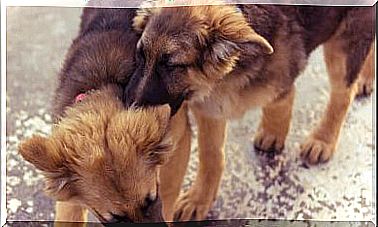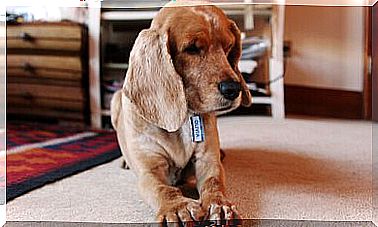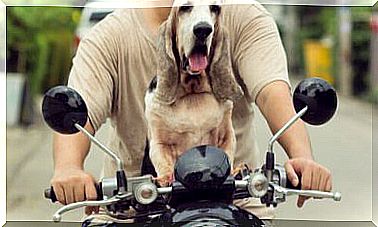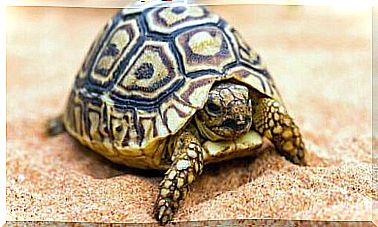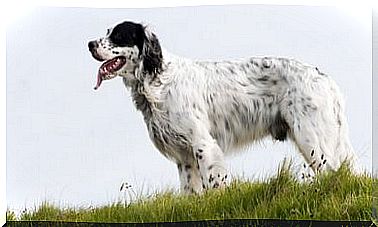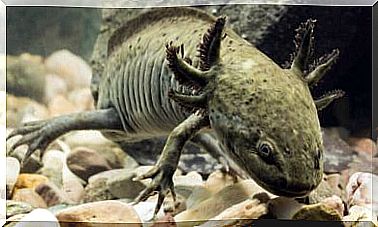Why Should I Never Give My Dog chocolate
Of all the foods that exist in the world, chocolate is one of the favorites, not only for its delicious and incomparable taste, but also because it has the particularity of offering countless health benefits, which is why many doctors recommend consuming certain amounts a day .
Even so, giving your dog chocolate is not a good idea. Even when dogs feel the same pleasure as us when they are eating chocolate, giving the dog chocolate is like giving one of those foods that we would never let our dog eat, since, unlike what happens to humans, chocolate is so harmful for your dogs health which, in some cases, could even lead them to death.
From that fact, we decided to detail in this article why you should never give this food to your little four-legged friend.
Giving chocolate is like giving poison to the dog
Why is this title so incisive about it? It turns out that giving chocolate, although it is a delicious sweet for your pet, is the same as we humans consume some kind of poison, since cocoa has a molecule called theobromine, which is a substance very similar to caffeine , but that intoxicates and that does very much harm to dogs, even to the point of being deadly.
The reason chocolate is so bad for these animals and not for us is simply because we have completely different bodies and organisms, humans can easily metabolize theobromine in a short amount of time, whereas dogs do not., which makes it very difficult for dogs to destroy and eliminate this molecule.
In fact, in a scientific research that was carried out on the intoxication caused by giving chocolate to dogs, it was possible to determine that theobromine remains between 17 and 18 hours in the body of these animals, and can even reach three days, in the most extreme cases, the that could lead to the animal’s demise.
What are the symptoms of intoxication?
In cases where the dog is intoxicated, there are a series of symptoms that usually appear, which you should pay close attention to in order to determine what happens to your little friend. These are the most common symptoms:
- Diarrhea;
- Vomiting;
- Urinary incontinence;
- Excess urine;
- Weakness.
When intoxication is very severe, dogs suffer other stronger symptoms such as the following:
- Seizures;
- Arrhythmia;
- Tachycardia;
- Neuropathy;
- Tremors.
The best way to treat your dog when he has eaten chocolate is to make him vomit, in case the consumption took place in less than two hours, in addition to taking him to the veterinarian.
How much cocoa can a dog consume?
First, it should be noted that, as there are different types of dog breeds, not all organisms are exactly alike, so it is not an easy task to determine not only how much chocolate they can consume. , but also the amount that could be harmful to his health.
However, the size factor is the most determining factor in achieving this, so it is evident that small dogs will be much more susceptible to the harmful effects of chocolate than those of large breeds, as it will be very difficult for them to withstand theobromine , so there are many more chances of him becoming intoxicated.
By the way, we will offer a small ratio between the amount of chocolate and the size:
- As you can imagine, for a puppy weighing less than 1kg, it will be impossible to digest any amount of cocoa, however minimal it may be, so it is recommended never to let a puppy eat chocolate.
- As for the dogs weighing between 10 kg to 12 kg, will feel as if their heart is accelerated when consuming 300 grams of low purity of dark chocolate, which is the most harmful and that does more harm to man’s best friend.
- If the purity of the chocolate is high, 250 grams may be enough for the animal to die.
With all this you can see, even though dogs are very similar to us, there are important differences that we should always pay attention to.
In short, if you are a good owner and you love your pet, don’t let him eat chocolate.

